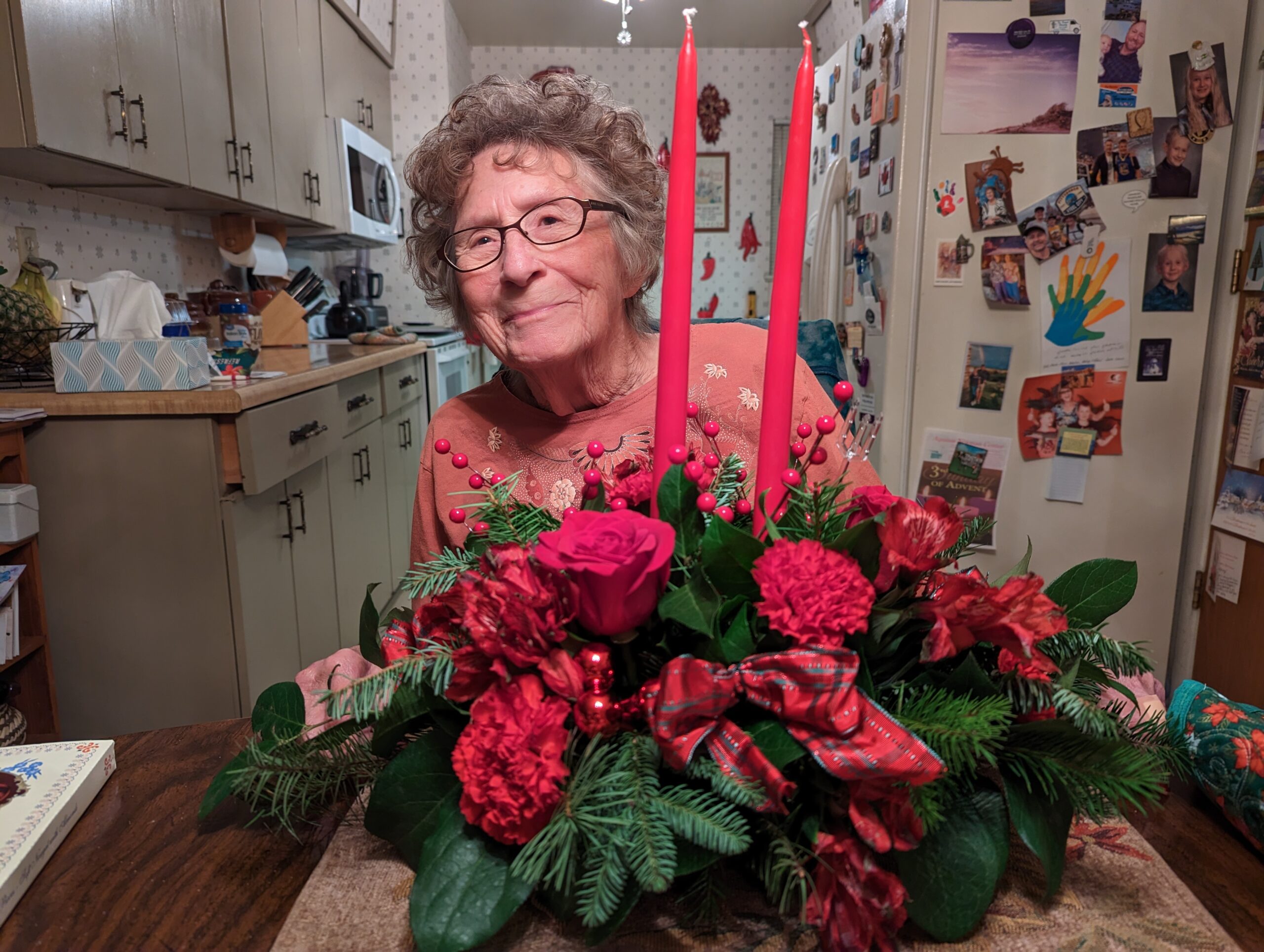A Letter on the Tolls of Family Caregiving: Susan’s Story

I will begin at the end and work to the beginning. I lost my mom in March of 2023—she passed away at home, surrounded by family and friends. I am the middle of three girls and I was the daughter who “came home” to watch over, and ultimately care for our parents.
When Dad died at home on hospice, with me as his primary caregiver, my difficult journey began. My sisters and I decided to let Mom be “independent” in her home (our family home) with me overseeing.
I was working full-time, paying my mortgage, constantly trying to keep Mom safe. Unfortunately, due to Mom’s mobility and health issues and worsening dementia, she wasn’t safe without constant supervision and needed help with all activities of daily living.
I decided, with the support of my sisters, to become Mom’s caregiver. This decision was one of my greatest blessings, but as someone who has been to war twice as a military flight nurse, as well as raised a family as a single parent, this was more challenging than either.
Being a caregiver to my mom was the hardest thing I’ve ever done.
Our situation required me to quit working. I was 63 years old but wasn’t at my full retirement age, so taking Social Security meant having less income, then and now. In the face of Mom’s dementia, I decided that it made the most sense to keep Mom in our family home that she had lived in since 1961. I sold my own home to move back into Mom’s house.
I think the intensity, lack of support, and lack of sleep were the most difficult aspects of taking care of Mom. She was a very “sweet, little, old lady,” who thought I was her “big sister,” so she was usually cooperative, but her dementia made her very unpredictable, her impaired mobility caused me to worry 24/7, and she was often agitated, especially at night. I knew I needed some help, but my sisters lived in different states with their families. They did what they could within their own lives. Agencies were available, but expensive; I took a week off once and it cost me $4,200–$25.00 an hour for 24 hours a day.
Mom and I were living off our Social Security and outside help like Care.com was unreliable. For a few hours a week, I did have a private caregiver, but she had health issues of her own. Adult day care centers provided “respite” for me, but it was also expensive. Simple tasks like grocery shopping, appointments, or just time to myself all needed to fit in those brief respites. My own children and grandchildren (who don’t live anywhere near where Mom and I) took second place in my life, behind Mom and my caregiving responsibilities.
After watching over, living with, and taking care of Mom for nine years, she died peacefully. We made some wonderful memories, but I must admit, my mental, physical, spiritual, emotional, and financial health were all impacted by “caregiving.” I am so thankful I could care for Mom, but I know not everyone is able to care for their loved ones.
As it is, the situation for aging in place is not going to improve without immediate intervention. We need more dedicated caregivers who are respected as workers, who make a living wage, and who receive health benefits and retirement. We need to give caregivers more resources and more support—and sooner rather than later! If we don’t fix the system, caregivers will continue to have to sacrifice their own health, personal time, and financial security. The time is now!
Sincerely,
Susan